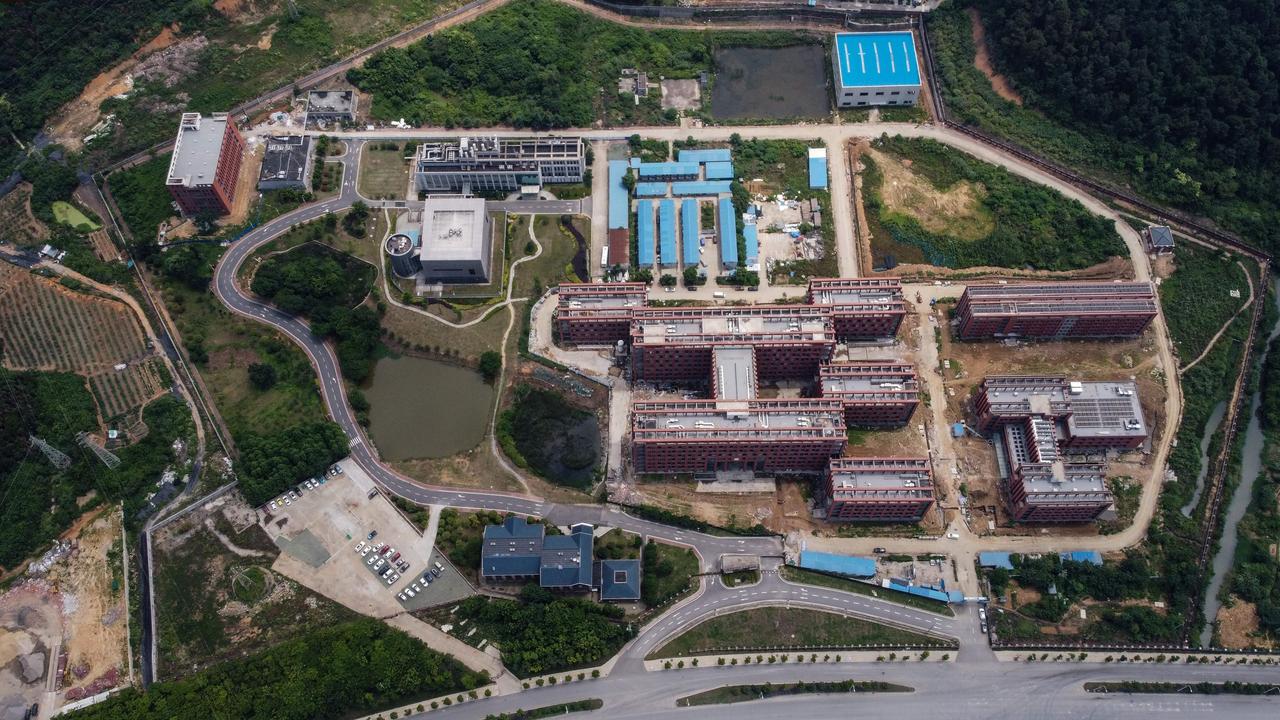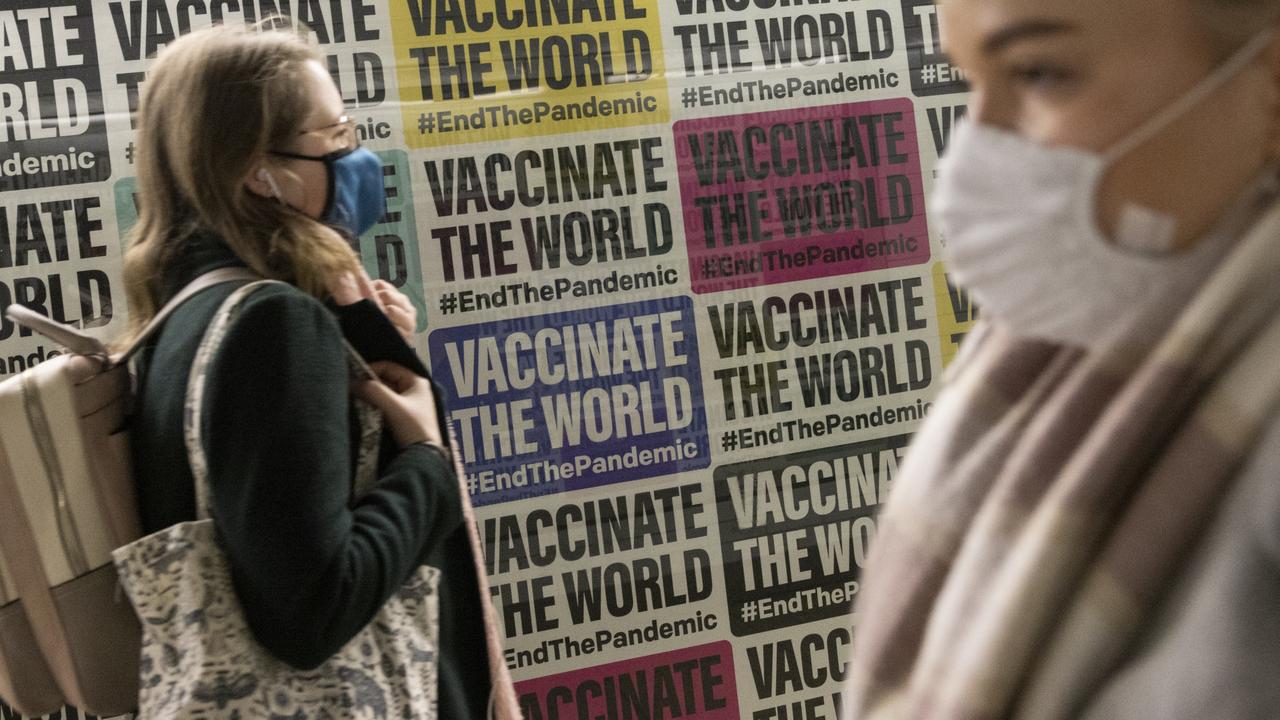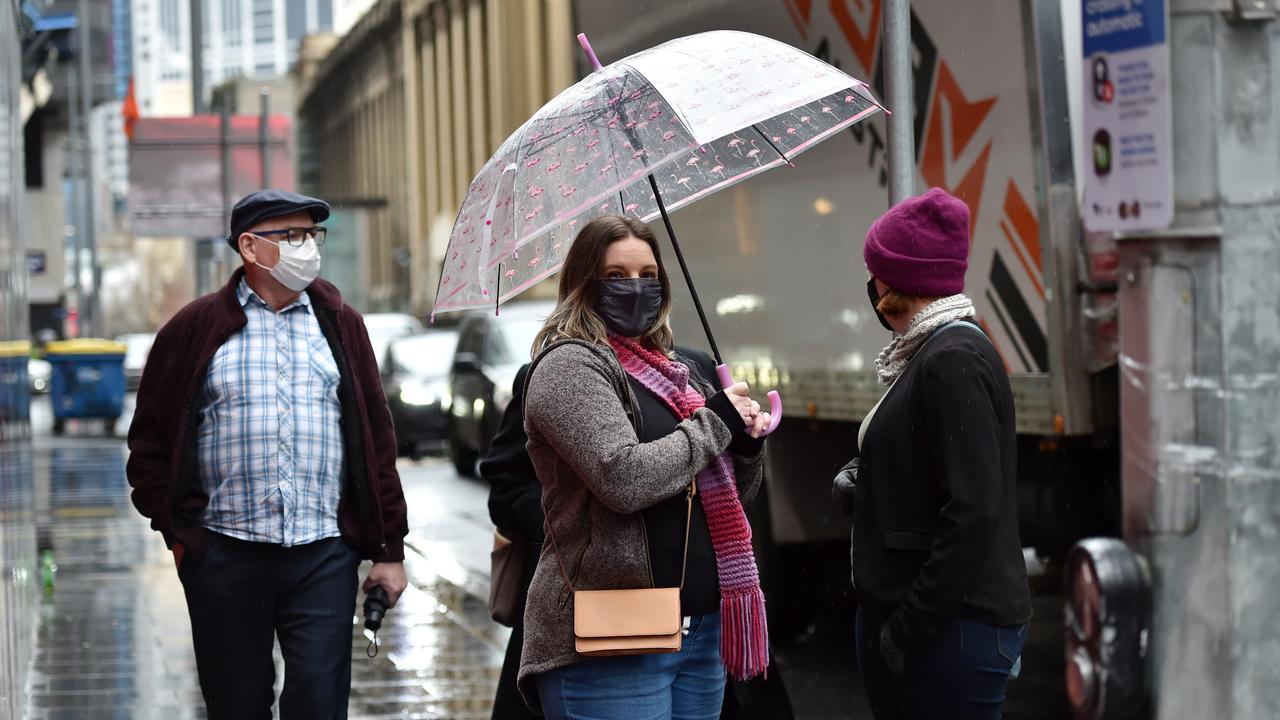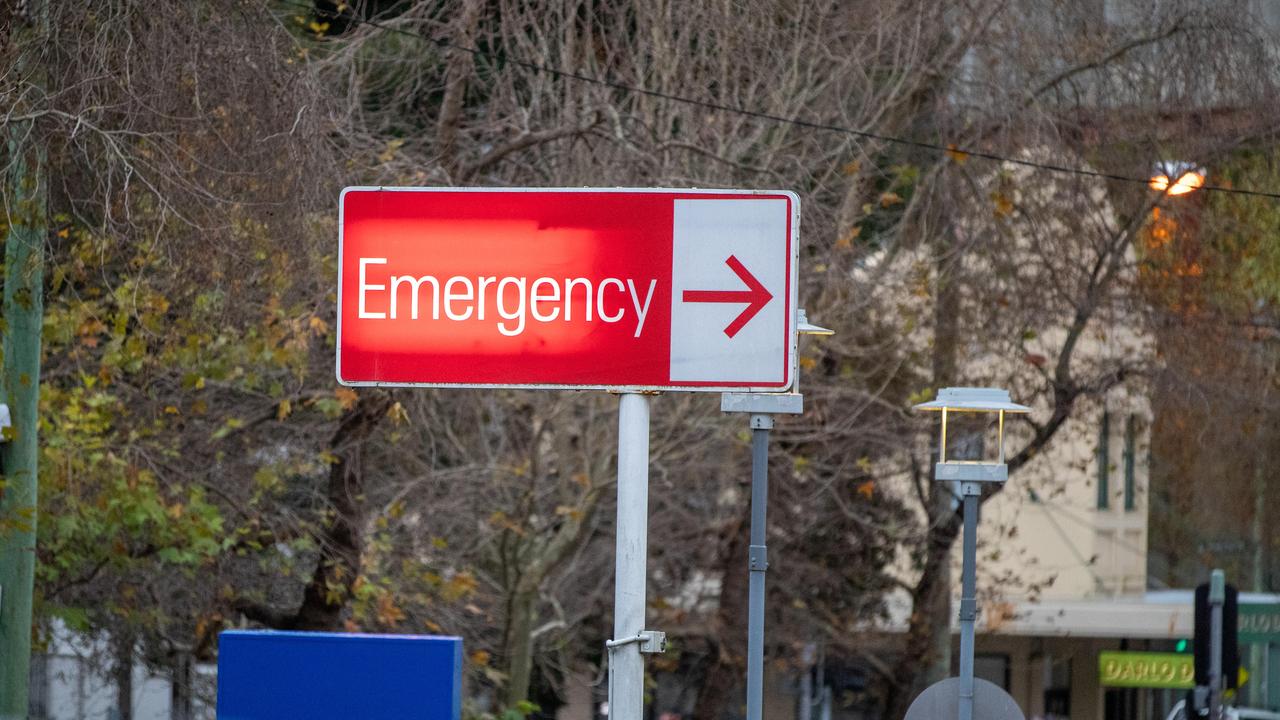Recession fears deepen as US economy contracts again
The US economy is believed to be on the cusp of a recession, with many Americans claiming it’s already unofficially tipped over.
World
Don't miss out on the headlines from World. Followed categories will be added to My News.
The US economy contracted for a second straight quarter between April and June, adding fuel to recession fears in a headache for President Joe Biden ahead of midterm elections.
Gross domestic product declined at an annual rate of 0.9 percent in the second quarter, following a bigger drop in the first three months of the year, according to the Commerce Department.
While not the official definition, two quarters of negative growth is commonly viewed as a strong signal that a recession is underway, and a downturn in the world’s largest economy would have global consequences, as well as domestic political costs.
Biden insisted that the US economy is “on the right path,” despite the slowdown, but his critics have already seized on the report as proof of the veteran Democrat’s mismanagement, with many Republicans declaring the US to be in an unofficial recession.

After a 1.6 percent decline in the first three months of the year, the report said the slowdown in the latest quarter was largely due to drops in government spending at all levels and in private investment on goods, including autos, and on residential buildings, despite an increase in exports.
But personal consumption expenditures (PCE) continued to increase, though at a slower rate than the prior quarter, the data showed.
The US economy also continues to battle sky-high inflation, as a result of supply chain snarls due to Covid lockdowns, as well as the fallout from Russia’s war in Ukraine which has sent food and fuel prices soaring.
This is Joe Biden’s recession. The economy shrank for two consecutive quarters.
— GOP (@GOP) July 28, 2022
The left is trying to redefine woman.
— Sen. Marsha Blackburn (@MarshaBlackburn) July 28, 2022
Now they want to redefine recession.
Americans aren’t fooled.
Consumer prices topped nine percent in June, the highest in more than four decades, while the GDP data showed another key inflation measure, the PCE price index, rose a still-high 7.1 percent in the latest three months, the same as in the January-March period.
The US central bank has been raising interest rates aggressively -- with the latest big hike on Wednesday - to try to cool the economy and tamp down price pressures.
“It’s no surprise that the economy is slowing down as the Federal Reserve acts to bring down inflation,” Biden said in a statement shortly after the GDP report was released.
“But even as we face historic global challenges, we are on the right path and we will come through this transition stronger and more secure,” he said, noting the US “job market remains historically strong” and the economy created more than a million jobs in the past three months.
NEW EVIDENCE IN WILD COVID ORIGIN THEORY
A pair of new studies claim the Covid pandemic can most likely be traced to the Chinese animal market a short distance from the Wuhan Institute of Virology.
Publish in the journal Science, the two papers claim to have shifted the scale of evidence from the lab leak hypothesis back in the favour of the wild origin theory.
Answering the question of whether the disease spilt over naturally from animals to humans, or was the result of a lab accident, is viewed as vital to averting the next pandemic and saving millions of lives.

The first paper analysed the geographic pattern of Covid cases in the outbreak’s first month, December 2019, showing the first cases were tightly clustered around Wuhan’s Huanan Seafood Wholesale Market.
The second examined genomic data from the earliest cases to study the virus’ early evolution, concluding it was unlikely the coronavirus circulated widely in humans prior to November 2019.
Both were previously posted as “preprints” but have now been vetted by scientific peer review and appear in a prestigious journal.
Michael Worobey of the University of Arizona, who co-authored both papers, had previously called on the scientific community in a letter to be more open to the idea that the virus was the result of a lab leak.


But the findings moved him “to the point where now I also think it’s just not plausible that this virus was introduced any other way than through the wildlife trade at the Wuhan market,” he told reporters on a call.
Though previous investigation had centred on the live animal market, researchers wanted more evidence to determine it was really the progenitor of the outbreak, as opposed to an amplifier.
This required neighbourhood-level study within Wuhan to be more certain the virus was “zoonotic” -- that it jumped from animals to people.
The first study’s team used mapping tools to determine the location of most of the first 174 cases identified by the World Health Organisation, finding 155 of them were in Wuhan.
Further, these cases clustered tightly around the market -- and some early patients with no recent history of visiting the market lived very close to it.
Mammals now known to be injectable with the virus -- including red foxes, hog badgers and raccoon dogs -- were all sold live in the market, the team showed.
The study authors also tied positive samples from patients in early 2020 to the western portion of the market, which sold live or freshly butchered animals in late 2019.

The tightly confined early cases contrasted with how it radiated throughout the rest of the city by January and February, which the researchers confirmed by drilling into social media check-in data from the Weibo app.
“This tells us the virus was not circulating cryptically,” Worobey said in a statement.
“It really originated at that market and spread out from there.” The second study focused on resolving an apparent discrepancy in the virus’ early evolution.
Two lineages, A and B, marked the early pandemic.
But while A was closer to the virus found in bats, suggesting the coronavirus in humans came from this source and that A gave rise to B, it was B that was found to be far more present around the market.
The researchers used a technique called “molecular clock analysis,” which relies on the rate at which genetic mutations occur over time to reconstruct a timeline of evolution -- and found it unlikely that A gave rise to B.

“Otherwise, lineage A would have had to have been evolving in slow motion compared to the lineage B virus, which just doesn’t make biological sense,” said Worobey.
Instead, the probable scenario was that both jumped from animals at the market to humans on separate occasions, in November and December 2019. The researchers concluded it was unlikely that there was human circulation prior to November 2019.
Under this scenario, there were probably other animal-to-human transmissions at the market that failed to manifest as Covid cases.
“Have we disproven the lab leak theory? No, we have not. Will we ever be able to know? No,” said co-author Kristian Andersen of The Scripps Research Institute.
“But I think what’s really important here is that there are possible scenarios and they’re plausible scenarios and it’s really important to understand that possible does not mean equally likely.” The WHO’s technical lead for Covid, Maria Van Kerkhove, welcomed the studies’ publication in a tweet.
“(It is) critical we continue to study the origins of the #COVID19 pandemic to ensure that we are better prepared to prevent and mitigate future outbreaks, epidemics and pandemics,” she said
SURPRISING NEW SYMPTOMS OF LONG COVID
A reduced sex drive, hallucinations and hair loss have joined the list of symptoms caused by long Covid, according to a new study.
The most common symptoms in the weeks and months after having coronavirus have long been known to include loss of smell, fatigue and shortness of breath.
Now, researchers from the University of Birmingham have been able to show that people with long Covid often experience an “extremely broad” variety of symptoms, including less well-known side effects, such as hair loss, loss of libido and hallucinations.
The study was based on the anonymised electronic health records of 2.4 million Brits, including 486,000 who had caught Covid.
Dr Shamil Haroon, an associate clinical professor in Public Health at the University of Birmingham, and the senior author of the study, said he hoped the findings would help clinicians.

“This research validates what patients have been telling clinicians and policy makers throughout the pandemic,” Dr Haroon said.
“That the symptoms of long Covid are extremely broad and cannot be fully accounted for by other factors, such as lifestyle risk factors or chronic health conditions.
“The symptoms we identified should help clinicians and clinical guideline developers to improve the assessment of patients with long-term effects from Covid-19, and to subsequently consider how this symptom burden can be best managed.”
People who tested positive for the virus reported 62 symptoms much more frequently 12 weeks after initial infection than those who had not contracted the virus, the study found.
It’s estimated around two million people in the UK have long Covid, but scientists are still trying to understand how the disease causes the lasting symptoms.

“This study is instrumental in creating and adding further value to understanding the complexity and pathology of long Covid,” patient partner and co-author of the study Jennifer Camaradou said.
“It highlights the degree and diversity of expression of symptoms between different clusters. Patients with pre-existing health conditions will also welcome the additional analysis on risk factors.”
Around 90 specialist long Covid clinics have been set up to tackle what experts fear will be a lasting health legacy of the pandemic.
As well as identifying a wider set of symptoms, researchers also found key groups and behaviours which put people at increased risk of developing long Covid.

The study suggested that women, younger people and those from a black, mixed or other ethnic group were at greater risk of long Covid.
People from poorer backgrounds, smokers and people who were overweight or obese were also linked with reporting persistent symptoms.
Researchers investigating the illness in Australia say five per cent of people who get Covid-19 could develop the condition.
That means of the nine million Australians who've had the virus since the start of the pandemic, more than 450,000 would develop long Covid, adding a further strain to the health system.`
- With AFP
More Coverage
Originally published as Recession fears deepen as US economy contracts again








